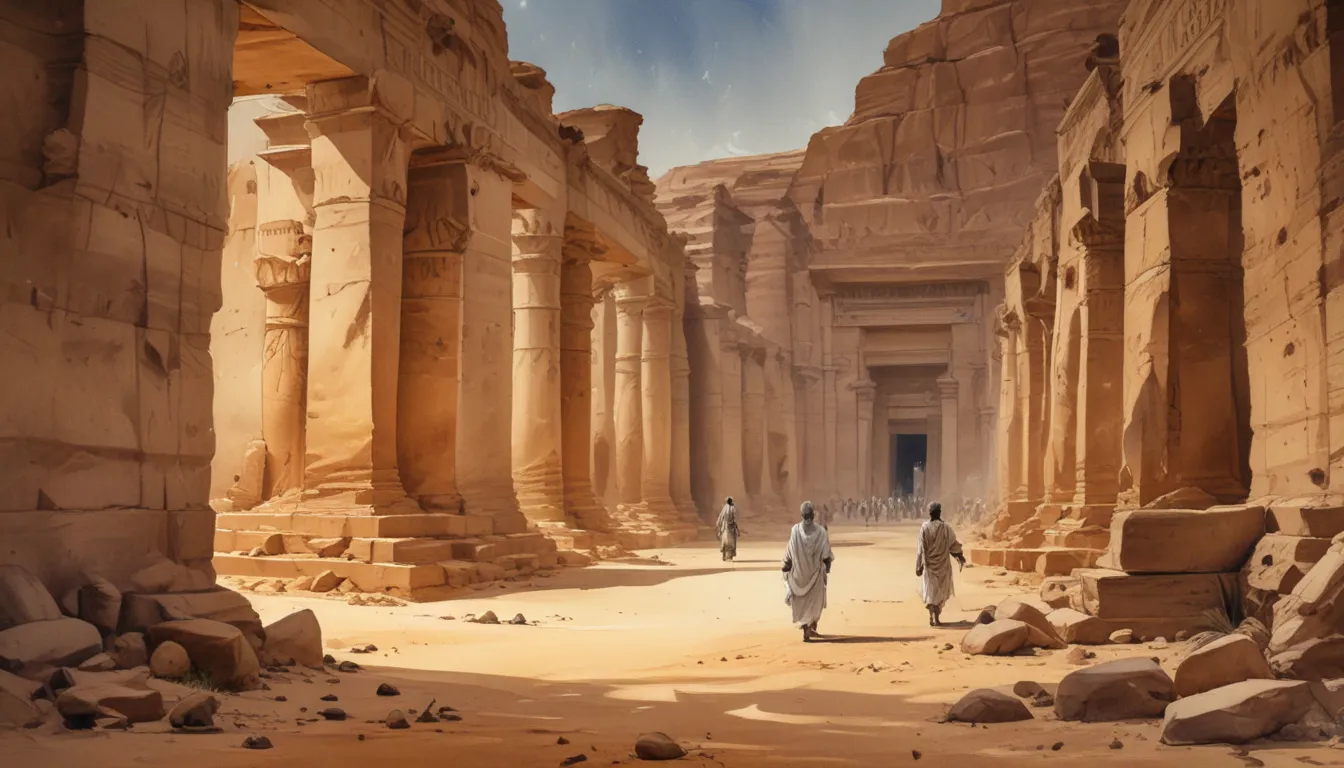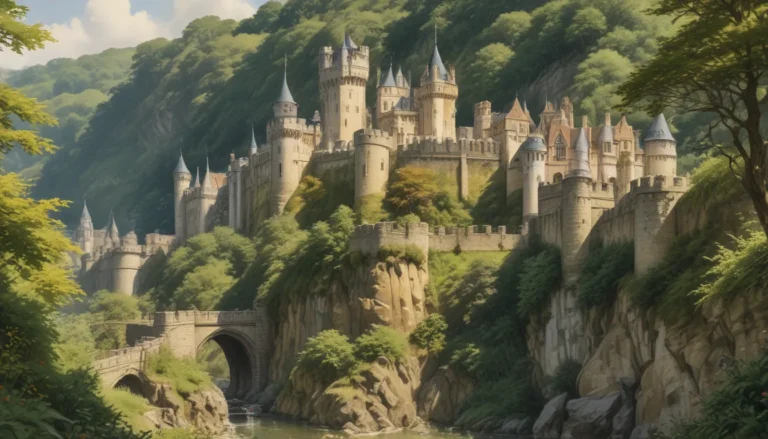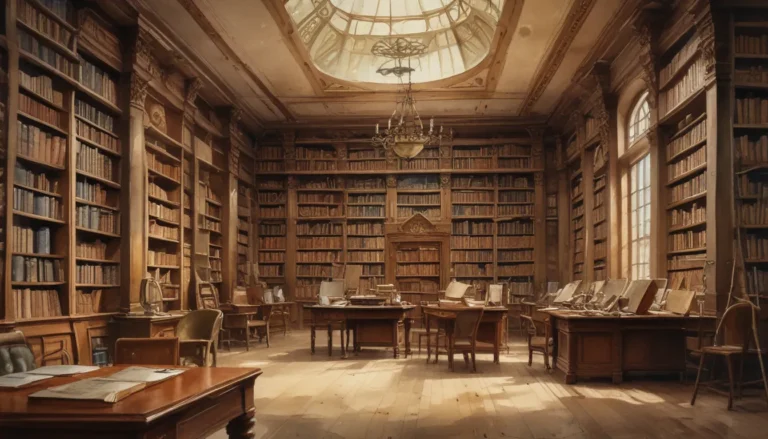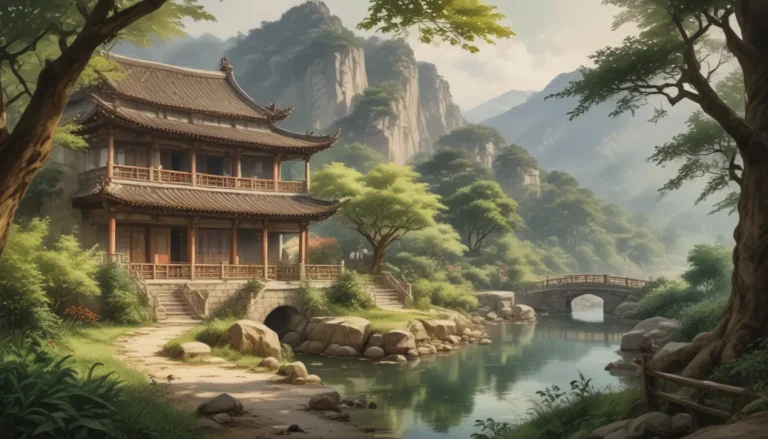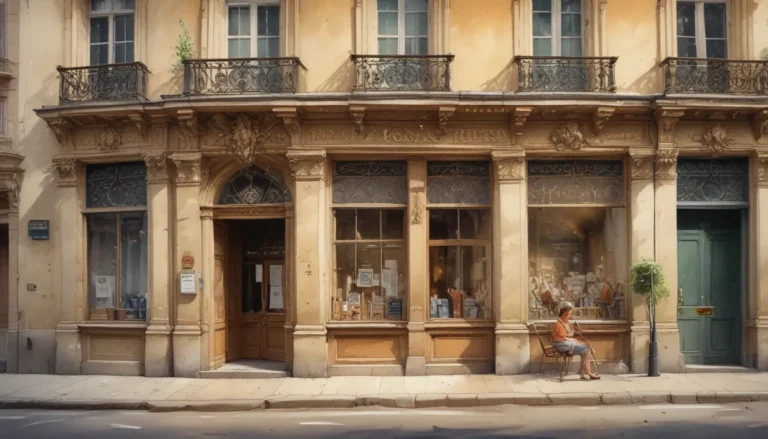The images in our articles are for illustrative purposes only and may not exactly match the content. They are intended to capture your interest and complement the text, not to replace it.
Welcome to the captivating world of Meroë, an ancient city nestled in present-day Sudan that has left an indelible mark on history. Renowned for its rich cultural heritage and architectural wonders, Meroë served as the capital of the Kingdom of Kush from the 8th century BCE to the 4th century CE, thriving as a hub of trade, culture, and power. In this article, we will delve into the intriguing facts about Meroë that showcase its significance as a historical and archaeological treasure.
The Ancient Marvel of Meroë
Situated in modern-day Sudan, the ancient city of Meroë flourished as the seat of the Kingdom of Kush for over 1,000 years, from approximately 800 BCE to 350 CE. This vibrant city, rich in history and culture, boasted impressive architecture, temples, and burial sites that reflected the prosperous civilization of the Kushites.
Pyramid City: A Stunning Architectural Feat
One of the most striking features of Meroë is its distinctive pyramids, built as lavish burial sites for the royalty and elites of the Kingdom of Kush. These pyramids, numbering over 200, showcase a unique blend of Egyptian and Nubian architectural styles, symbolizing the cultural fusion that defined Meroë.
- The pyramids of Meroë exhibit a fascinating mix of Egyptian and Nubian influences, reflecting the city’s cultural diversity and architectural prowess.
- These impressive structures served as tombs for the Kushite rulers, highlighting their wealth and power within the kingdom.
UNESCO World Heritage Site: Preserving History
In 2011, the archaeological sites of Meroë were designated as a UNESCO World Heritage Site, a testament to their outstanding universal value and cultural significance. This recognition underscores the importance of safeguarding and celebrating the legacy of Meroë for future generations.
- The UNESCO World Heritage Site status recognizes Meroë as a site of exceptional cultural significance, inviting visitors to explore its historical treasures.
- Meroë’s inclusion on the prestigious list highlights its role in shaping African civilizations and its enduring impact on world history.
The Iron Industry: A Source of Power
Meroë was renowned for its iron production, creating high-quality weapons and tools that contributed to the military strength and economic prosperity of the Kingdom of Kush. This thriving industry played a vital role in the city’s growth and influence in the region.
- The iron industry in Meroë produced superior weapons and tools, enhancing the kingdom’s military might and economic stability.
- The abundance of iron resources in the region fueled Meroë’s industrial success, solidifying its position as a center of power and innovation.
The Royal Cemetery: A Testament to Grandeur
The Royal Cemetery of Meroë is a treasure trove of ancient wonders, housing approximately fifty pyramids, including the magnificent tomb of Queen Amanishakheto. These royal burial sites exemplify the grandeur and opulence of the Kushite rulers, showcasing their legacy and enduring impact on Meroë.
- The Royal Cemetery of Meroë is a testament to the wealth and power of the Kushite royalty, with each pyramid serving as a tribute to their reign.
- Queen Amanishakheto’s pyramid stands as a symbol of the kingdom’s majestic past, inviting visitors to marvel at its architectural splendor.
The Decline of Meroë: A World Lost to Time
In the 4th century CE, Meroë experienced a gradual decline, marked by political instability, shifts in trade routes, and the rise of Christianity in the region. These factors, combined with external pressures, led to the eventual abandonment of the once-thriving city, leaving it to be swallowed by the sands of time.
- The decline of Meroë signaled the end of an era, as internal and external forces eroded the city’s prosperity and influence.
- As political changes and external threats mounted, Meroë’s status as a cultural and economic hub waned, marking the beginning of its descent into obscurity.
Rediscovering Meroë: Unveiling Ancient Secrets
In the 19th century, European explorers and archaeologists reignited interest in Meroë, embarking on excavations that revealed the city’s ancient ruins and artifacts. Through their efforts, the mysteries of Meroë began to unfold, shedding light on its vibrant past and profound impact on African civilization.
- European explorers played a crucial role in uncovering the hidden treasures of Meroë, sparking a renewed fascination with the city’s rich history.
- The excavations at Meroë unveiled a wealth of artifacts, from pottery and jewelry to royal tombs, offering valuable insights into the life and culture of the Kushite civilization.
The Legacy of Meroë: A Beacon of African Civilization
Meroë’s enduring legacy continues to captivate scholars, historians, and travelers alike, serving as a beacon of African civilization and cultural heritage. Its influence on trade, architecture, language, and political organization reverberates through the annals of history, shaping the development of ancient kingdoms and societies.
- Meroë’s legacy extends far beyond its borders, influencing the course of African civilizations and fostering cross-cultural exchanges across the region.
- The ancient city of Meroë stands as a testament to the ingenuity and resilience of the Kushite people, inspiring us to explore the depths of its history and unravel the mysteries it holds.
In conclusion, Meroë remains a captivating window into the past, offering a glimpse of a bygone era marked by power, wealth, and artistic achievement. Its unique blend of African and Egyptian influences, coupled with its archaeological wonders, continues to intrigue and inspire visitors from around the world. As we uncover the 19 intriguing facts about Meroë, we embark on a journey through time, where the ancient city’s legacy lives on as a testament to the enduring spirit of African civilization.
FAQs:
Q: Where is Meroë located?
A: Meroë is located in modern-day Sudan, northeast of the Nile River.
Q: What was the significance of Meroë?
A: Meroë served as the capital of the Kingdom of Kush and played a vital role in the trade routes between Africa and Egypt.
Q: How old is Meroë?
A: Meroë dates back to the 8th century BCE, with its influence lasting until the 4th century CE.
Q: Are there any archaeological excavations still taking place in Meroë?
A: Yes, ongoing archaeological excavations in Meroë continue to uncover new discoveries and unravel the mysteries of the ancient city.
Q: How many pyramids are there in Meroë?
A: There are over 200 pyramids in Meroë, spread across various royal burial sites.
Q: Was Meroë influenced by Egyptian culture?
A: Yes, Meroë shows a significant influence of Egyptian culture in its architecture, art, and religious beliefs.
As we reflect on the wonders of Meroë and the enduring legacy it has left behind, we are reminded of the power of ancient civilizations to shape our world and inspire generations to come. Join us on a journey through time as we explore the marvels of human ingenuity and the remarkable achievements of the ancient city of Meroë. Uncover the secrets of this ancient civilization and immerse yourself in the captivating stories that continue to captivate our imagination.
